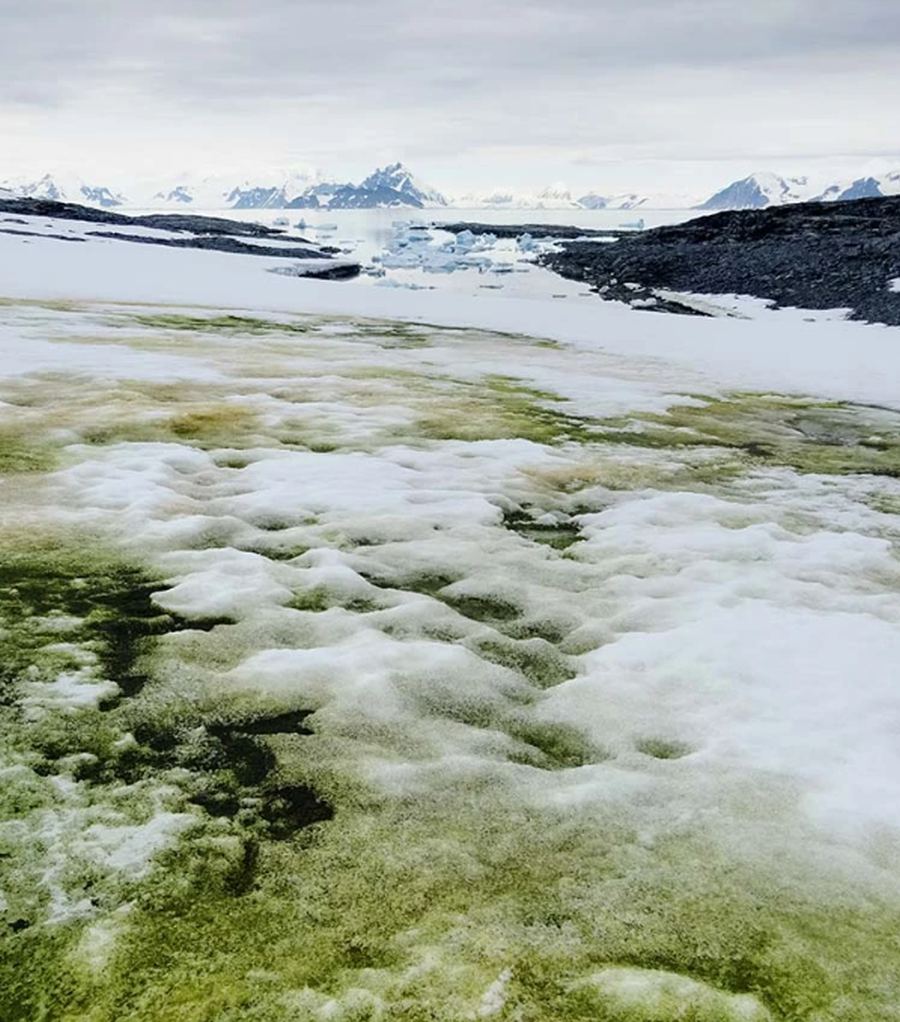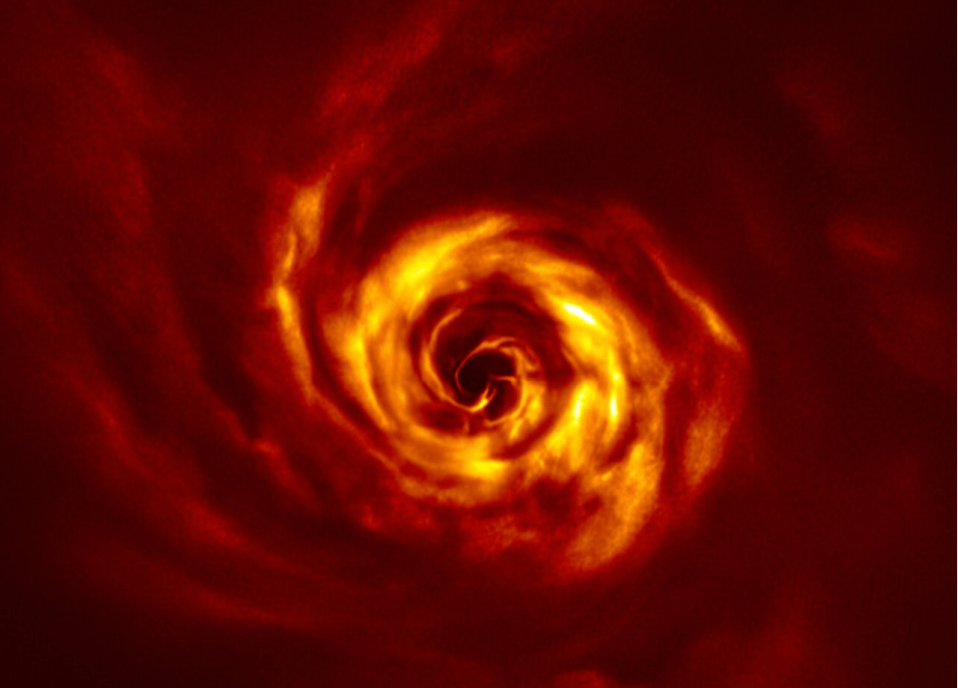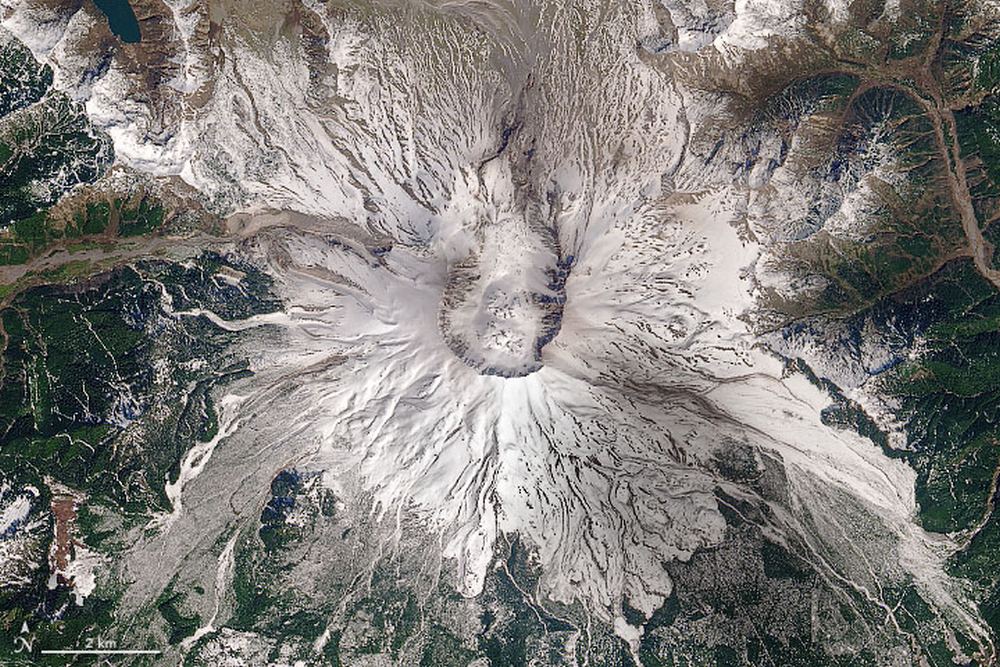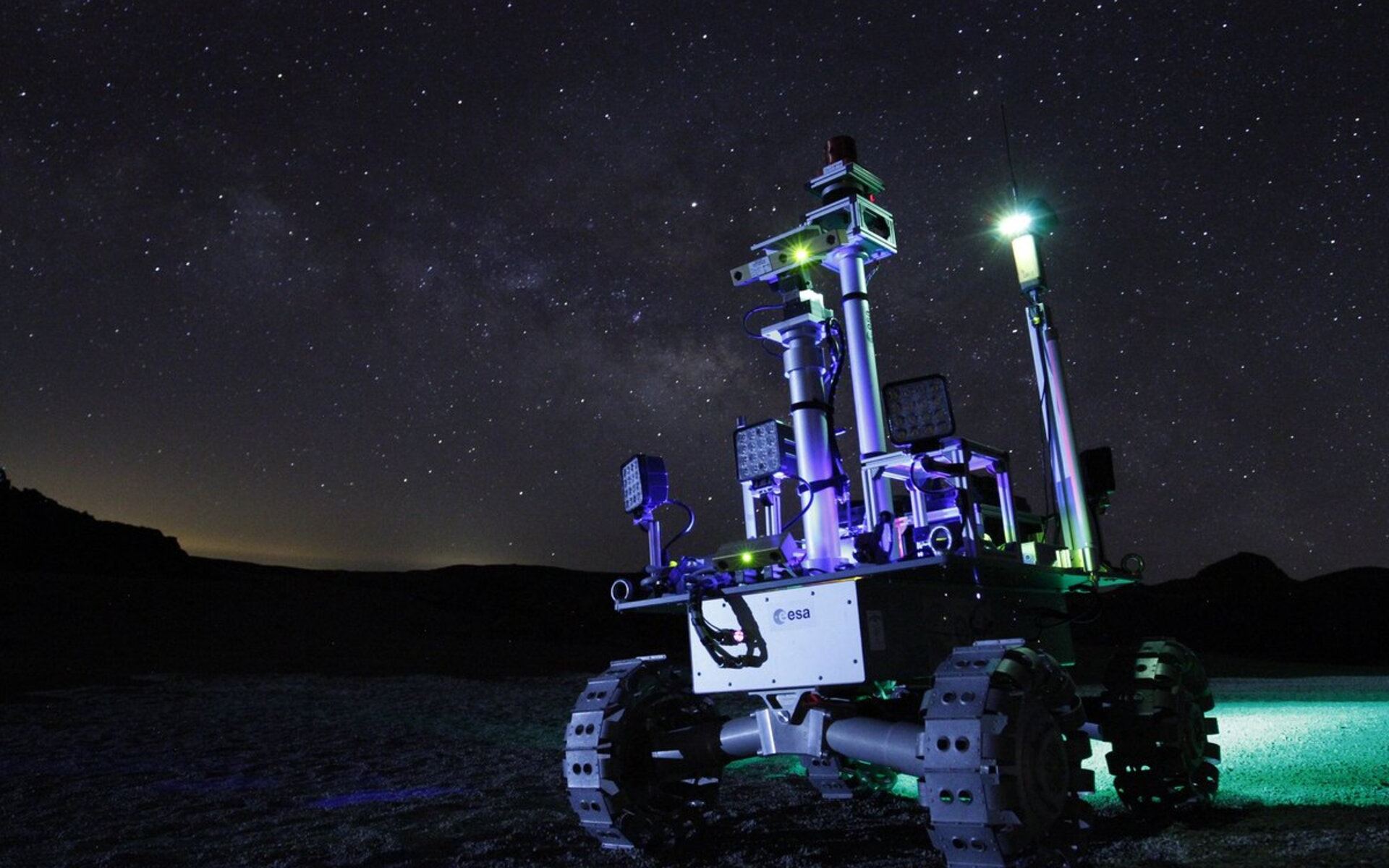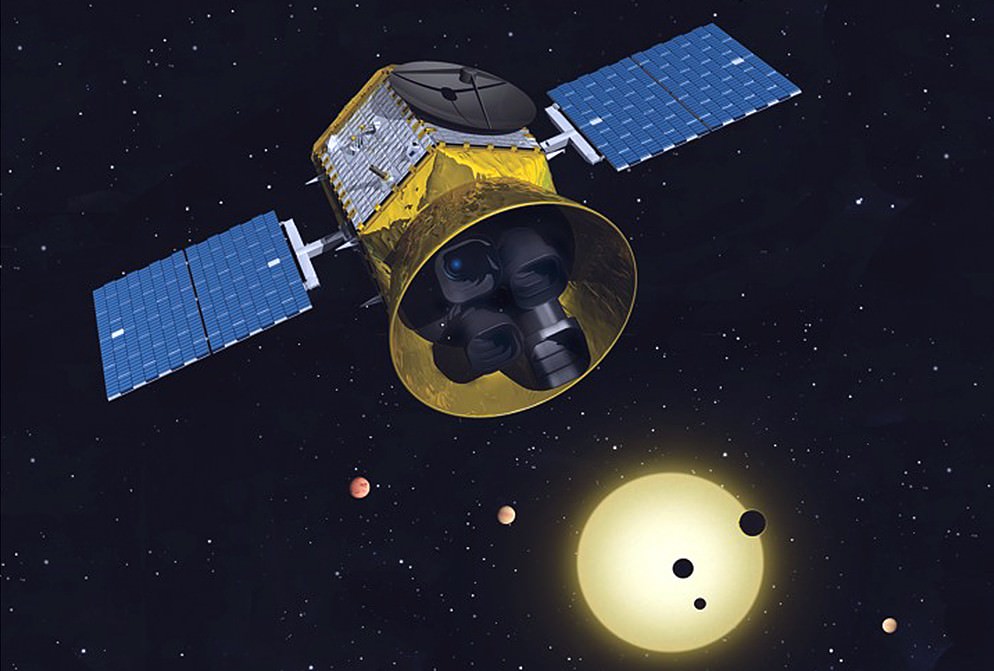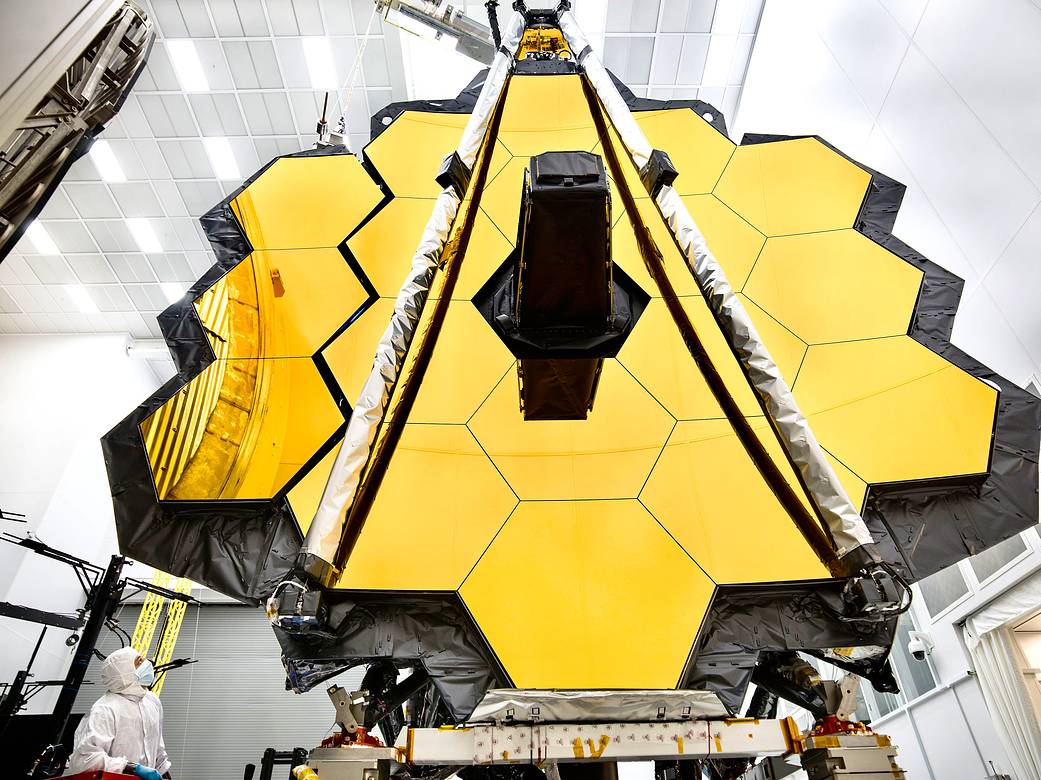The Antarctic Peninsula is the northernmost part of Antarctica, and has the mildest climate on the continent. In January, the warmest part of the year, the temperature averages 1 to 2 °C (34 to 36 °F). And it’s getting warmer.
Those warm temperatures allow snow algae to grow, and now scientists have used remote sensing to map those algae blooms.
Continue reading “The Coast of Antarctica is Starting to Turn Green”
